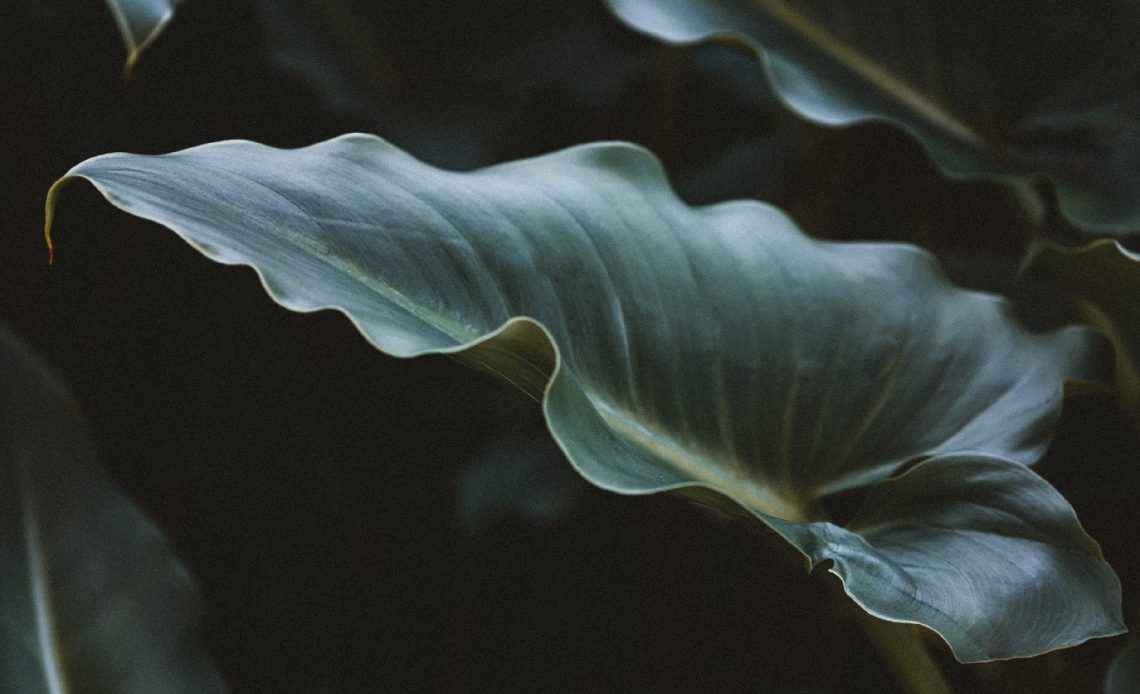

We’re here to help! Wild Yards is a completely free website that is 100% dedicated to helping you create a wildlife-friendly, sustainable yard. Read more
WildYards is reader-supported. When you buy a product through a link on our site, we may earn a comission. Every product is independently selected by our (obsessive) editors and our reviews are unbiased and objective. Read more about our mission or our privacy policy.
Broad and leafy, elephant ear plants are tropical favorites that thrive as perennials in warmer zones. While they can fare well on their own at moderate temperatures out of the sun, these impressive specimens still need a little TLC. For example, have you considered growing elephant ear companion plants?
Elephant ear plants pair well with flowers such as cardinals, bistorts, and bee balms. It’s important to look for plants that don’t just complement this species’ color and look, as many can help protect elephant ears, too.
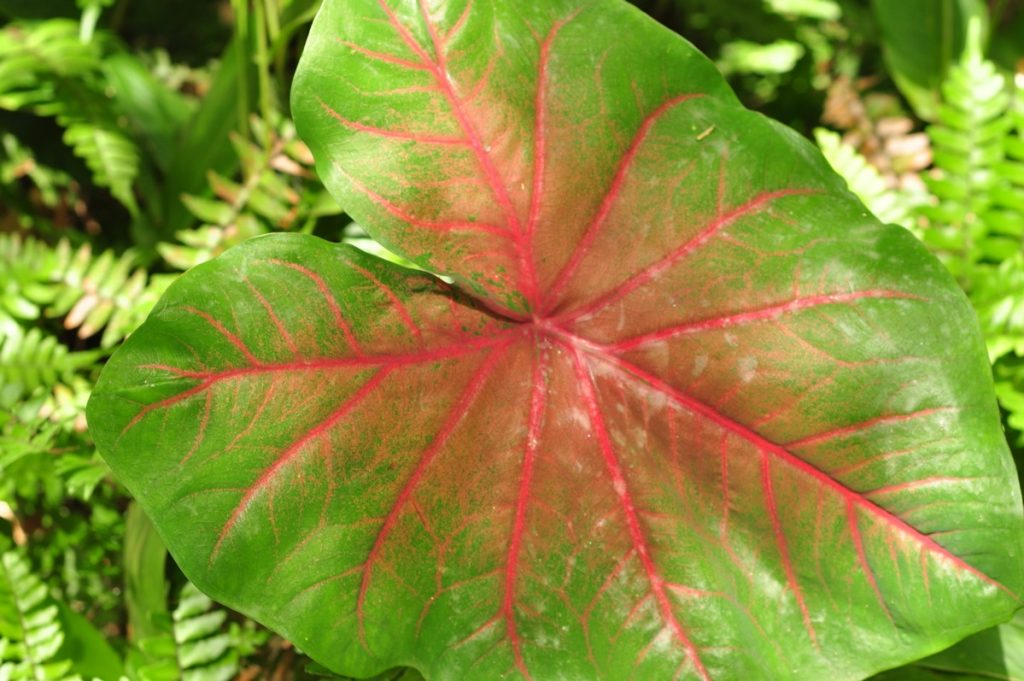
Why grow companions with elephant ear plants?
While elephant ears can grow wildly on their own with little hassle, they’re only considered hardy perennials in USDA zones eight through ten. Outside these spots, you’re likely to find elephant ears need a little more support through careful gardening and companion planting.
While many gardeners may choose companion plants based on looks alone, the best companions can help to promote healthy growth in elephant ears. It’s also a common victim of the spider mite – and can fall prey to fungi such as phyllosticta. It may be prudent to plant companions that can help stave off blight, too.
Elephant ears will also need abundant fertilization and watering. These plants won’t just demand the best homemade compost but will start to wither and droop if nutrient levels in the soil begin to dissipate. Pairing elephant ears with ‘nitrogen fixing’ plants can ensure your leafy greens stay healthier for longer.
It’s also vital to ensure you grow companion plants that withstand the same growing conditions as elephant ears and that they won’t compete with the species for nutrients or root space. Elephant ears demand a balance in shade and sun, meaning light-lovers such as lavender may not accompany them well.
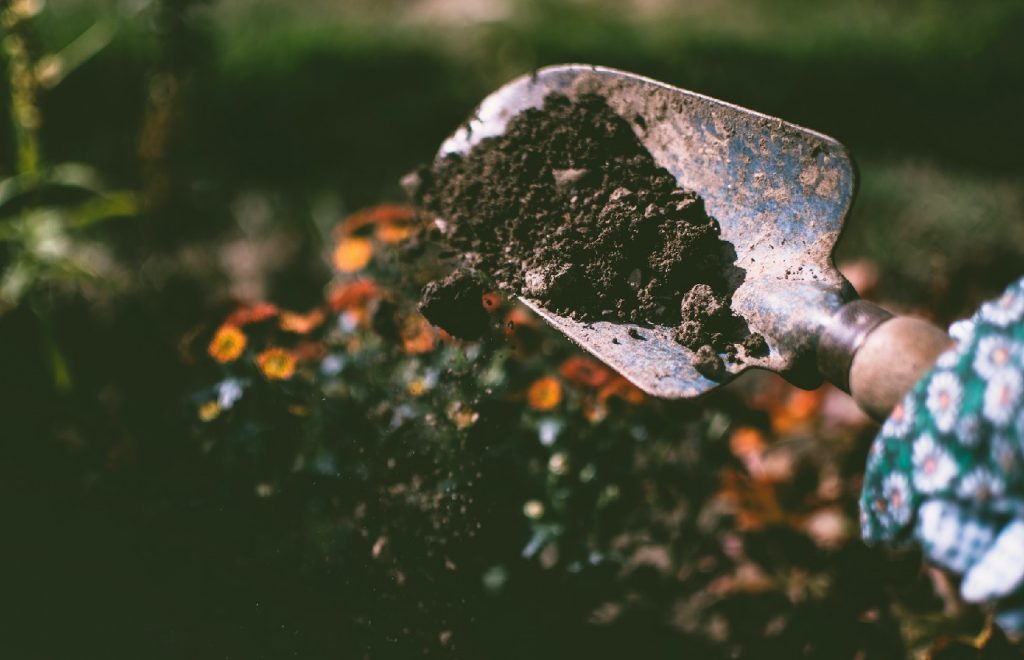
Elephant ears like fairly moist soil and slightly acidic soil. The calcium oxalate found within these plants is toxic to animals and people to touch, but it doesn’t seem to deter pests nor impact other growths.
Before companion planting with elephant ears, remember that various species can grow to around six feet tall, with their leaves spanning two to three feet. That means any smaller specimens that require abundant sunlight may get easily overshadowed. Be careful to plant specimens that fare well in the shade or which you can leave to grow along the edge of your elephant ear plot in a perimeter.
Finally, consider that elephant ear plants rarely flower – meaning they may not bring in many pollinators. It’s worthwhile looking for plants and flowers that pull in bees, butterflies, and hummingbirds from the open garden so that elephant ears stand a chance of passing on pollen.
Elephant ear companion plants you should start growing
While it’s easy to find companion plants for elephant ears that complement their look and tropical demands, lining up companions that can actively benefit their growth can take some creative research. Here are just a few to help you get started.
Chamomile
Chamomile is the ‘physician of the garden’ thanks to its incredible antifungal and antibacterial properties, which may help prevent elephant ears from developing blight. Like elephant ear plants, chamomile will grow out in the open with a little shade, meaning you can safely grow it beneath the beneficiary’s leaves without much concern.
Chamomile can ward off fungal disease and prevent common pests from nibbling at elephant ear leaves. Chamomile is one of the most versatile companion plants and will match up with many other sensitive plants. It prefers a pH of between 6.5 and 7.5, which fits nicely with elephant ears.
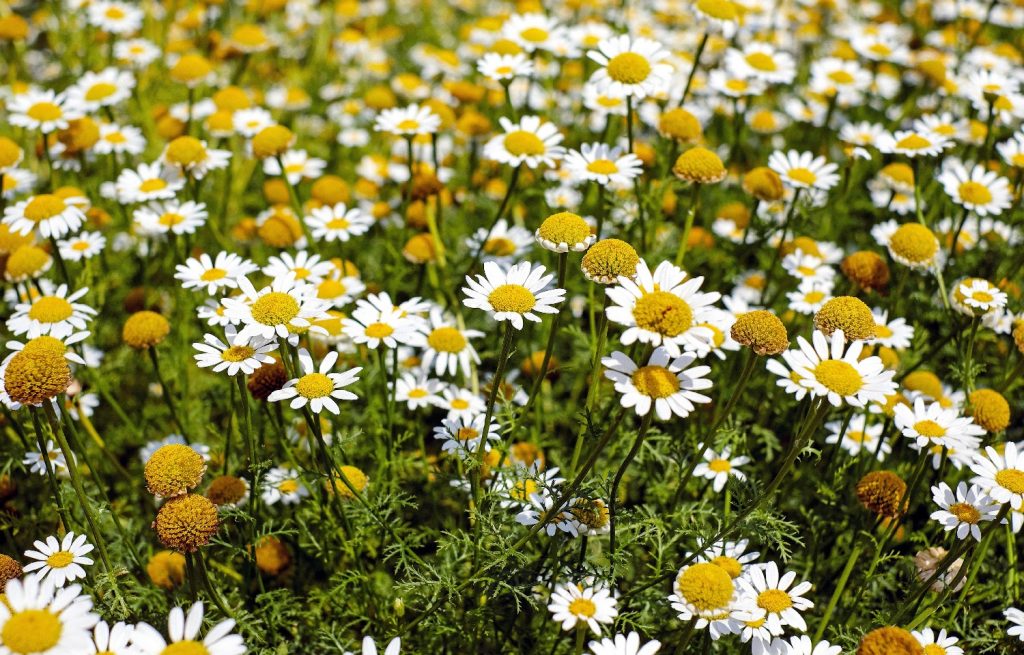
Alliums
Growing alliums alongside elephant ear plants may prove beneficial in keeping invasive pests at bay. Ornamental onions and garlic produce pungent scents that can confuse predatory insects, many of which will prey on elephant ear leaves. They’ll thrive in the same soil pH as elephant ears and prefer to be out in the sun.
Potential problems you may encounter with alliums revolve around soil drainage. Elephant ears love moisture, while alliums demand clear drainage to thrive. Consider planting alliums close to elephant ears in their own beds or containers with different soil. You’ll benefit from the bug protection without worrying about either species choking from drainage incompatibility.
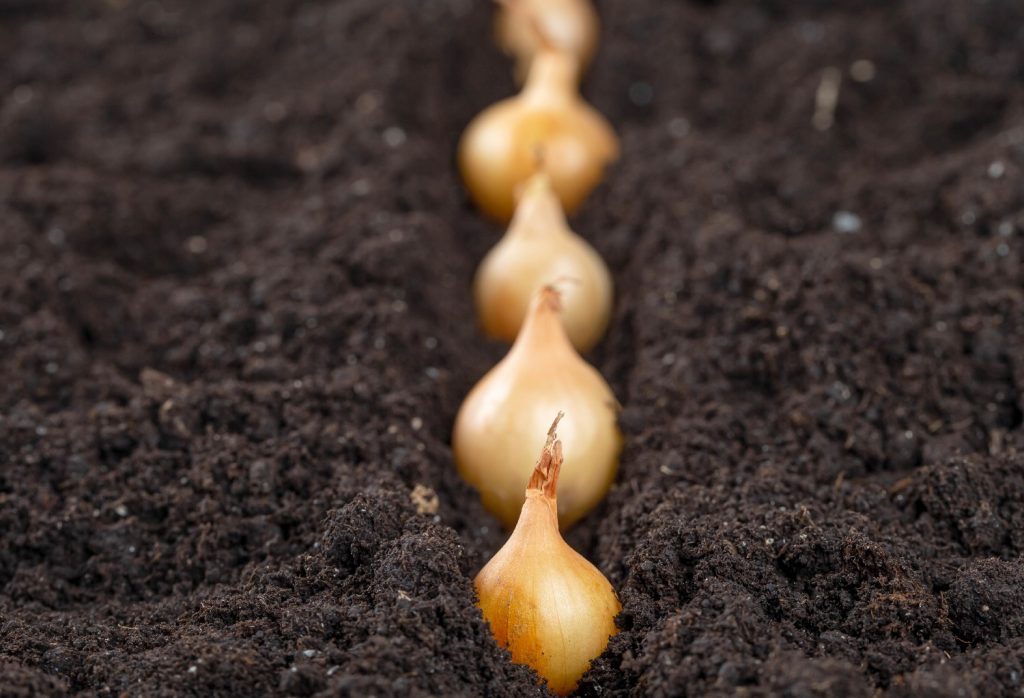
Cardinals
Cardinal flowers occupy a perhaps awkward need for shade and moisture, which is where elephant ear plants can come to the rescue. Gorgeous cardinal plants can easily thrive under broad elephant ear leaves, occasionally benefiting from sunlight through their gaps (this won’t cause them detriment).
Cardinals are great for attracting butterflies and hummingbirds, meaning the relatively low-flowering elephant ear may benefit from a ‘wingman’ approach to pollination. Cardinals thrive in similar soil pH and in USDA zones eight and nine.
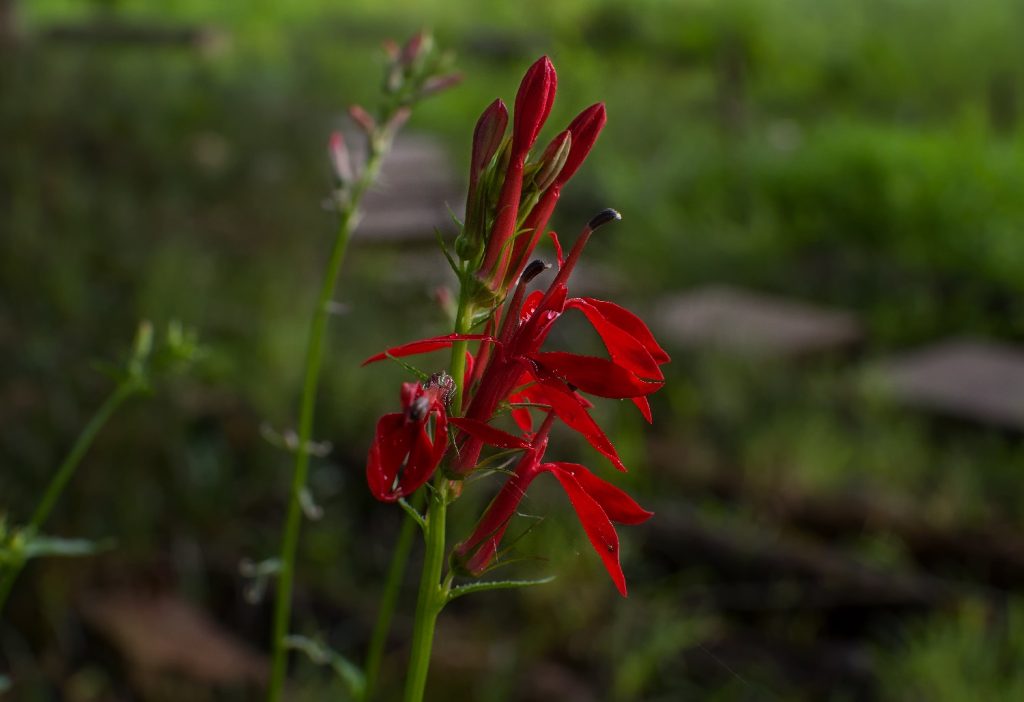
Ferns
The companionship between ferns and elephant ear plants is completely aesthetic – meaning you’ll likely want to pair these two types of plants together for a dynamic visual effect. Visually companion planting elephant ears revolves around contrast – and ferns are typically lighter in color and spikier in shape.
Ferns work well as temperate bedmates with elephant ears as they can help to draw focus to your larger plant. They’re easy to manage alongside each other, and they make a great team if you want to deter deer from your yard. Deer dislike elephant ear plants and will generally avoid ferns unless they’re starving – making them ideal to grow together at the edge of your garden.
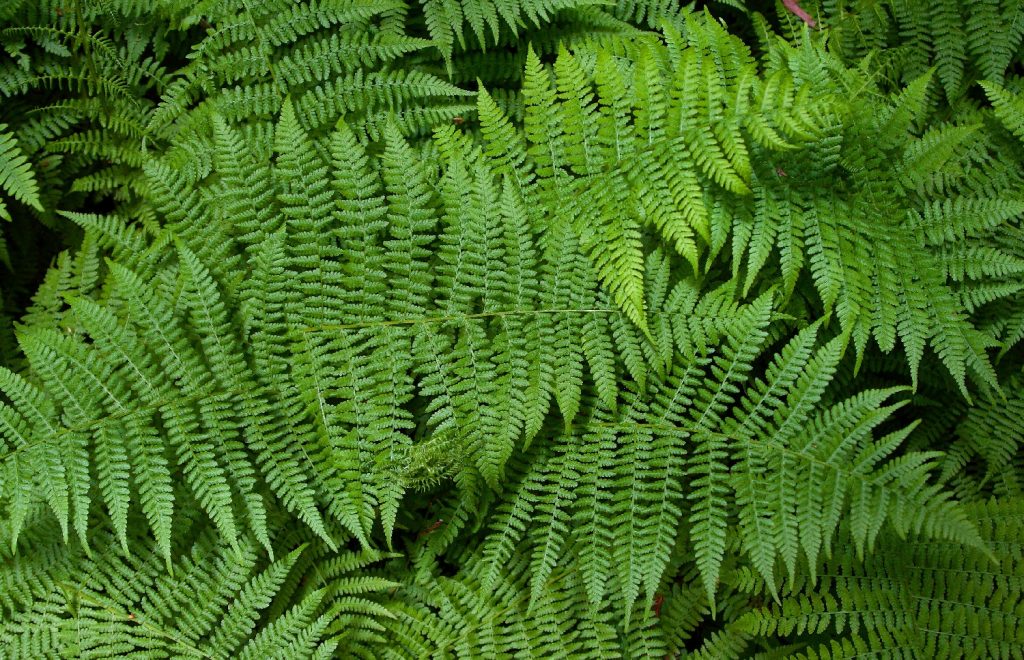
Bee Balm
As its name suggests, the bee balm is great at attracting pollinators such as bees and butterflies, and its almost identical soil pH demands line it up as a great companion to elephant ears. Sometimes known as the wild bergamot, this plant won’t grow as tall as the elephant ear, but it will happily fill the space between leaves and beds.
In return, the bee balm will benefit from partial shade, though it can also fare well as a perennial in full sun. The bee balm and elephant ear will also fare well together in incredibly moist soil.
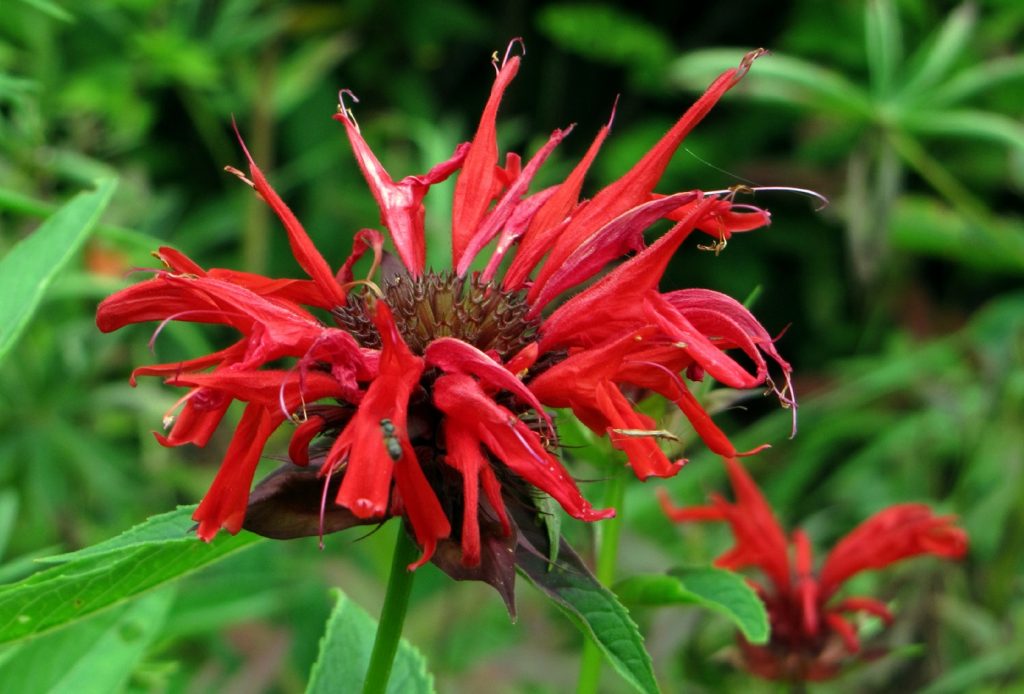
Bistort
Bistort, sometimes known as the viviparous knotweed, loves moisture as much as elephant ear plants and will readily welcome bees and wasps to help pollinate its rare flowers. This meadowland plant isn’t commonly found alongside elephant ears in the wild but has similar soil and USDA zone demands.
Bistort can further protect elephant ear plants by attracting ladybugs which are fantastic insect predators. In turn, elephant ears can help shade bistort where necessary, though this companion will also thrive in the sun.
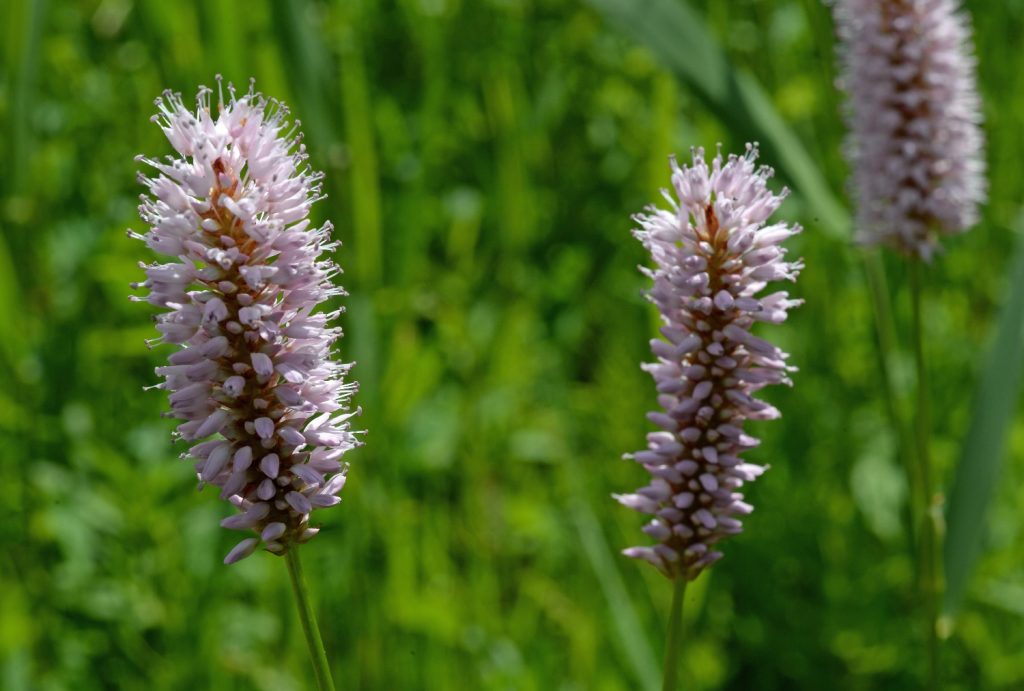
Coleus
There are many different types of coleus, but most will pair well with elephant ear plants thanks to their shared need for moisture and humidity. While it’ll grow to a maximum of three feet tall, coleus will benefit from the immense shade offered by elephant ear leaves.
Perhaps most interestingly, this double act works best as a defensive perimeter against visiting deer. Deer won’t show much interest in elephant ears or touch coleus. You could grow a moist, slightly shaded perimeter against deer visitors by planting coleus and elephant ears together towards the edge of your yard.
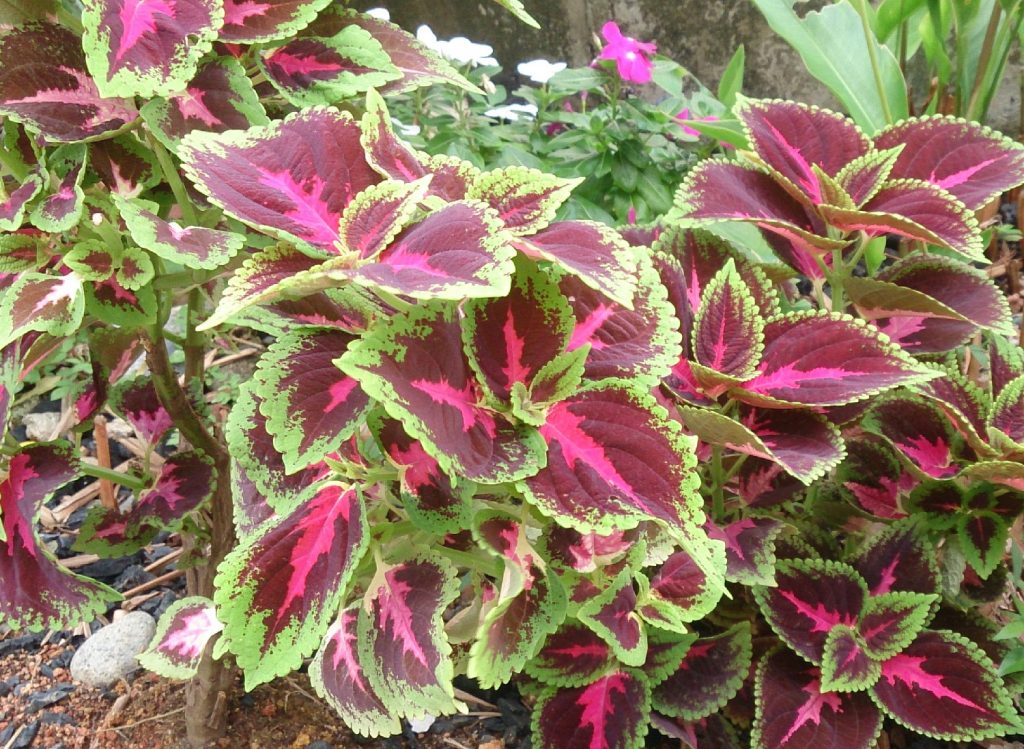
Rosemary
Rosemary is one of several herb companions that’s likely to protect elephant ears against various bugs and pests, though you’ll need to grow it in a separate pot. They have conflicting drainage needs, but you can easily create a rosemary (and oregano) perimeter that thrives in the full sun. Rosemary won’t appreciate the shade of elephant ear leaves, so keep your elephant ears back a little while rosemary takes care of would-be invaders.
Rosemary thrives in the same USDA zones as elephant ear plants and will stave off slugs and snails that will otherwise slither their way into elephant ear pots. Use rosemary and other fragrant herbs to welcome pollinators should elephant ears flower.
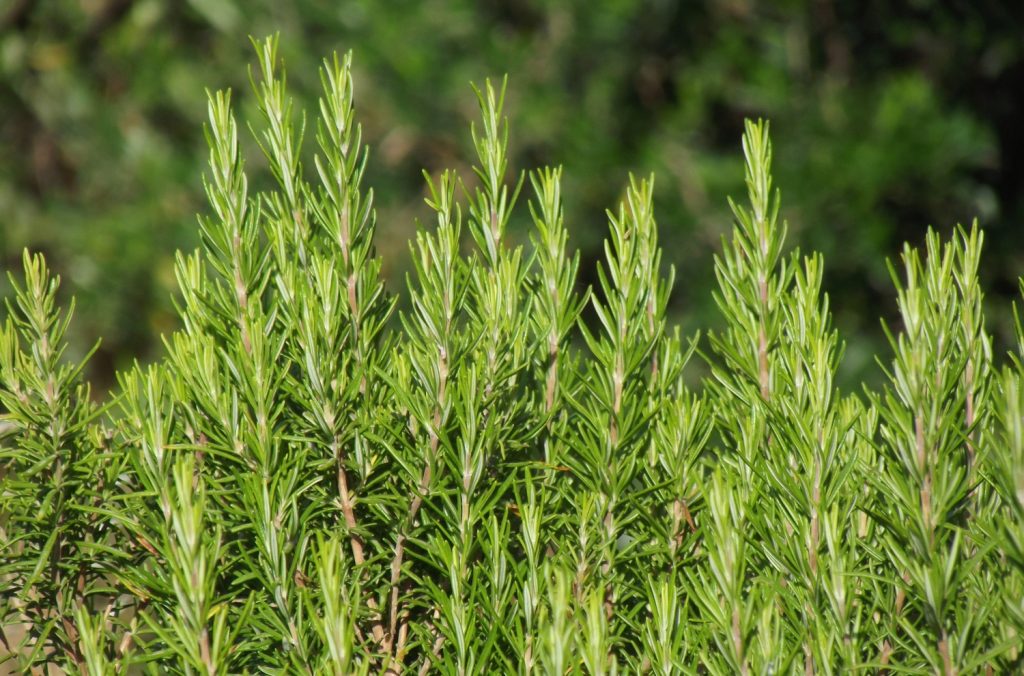
Fuchsia
Fuchsia is a beautiful flowering plant you can safely grow alongside elephant ears, though it will need a little more drainage than some varieties. Annual fuchsias attract hummingbirds, which may prove helpful to elephant ears otherwise struggling to pollinate.
Fuchsias prefer partial shade to being out in the open, and as they only grow to around two feet tall at the largest, will likely benefit from a little coverage under the leaves of elephant ears. Unfortunately, both fuchsias and elephant ears will suffer from mite attacks, meaning you’ll need to look for a third or fourth companion to stave off invasive pests.
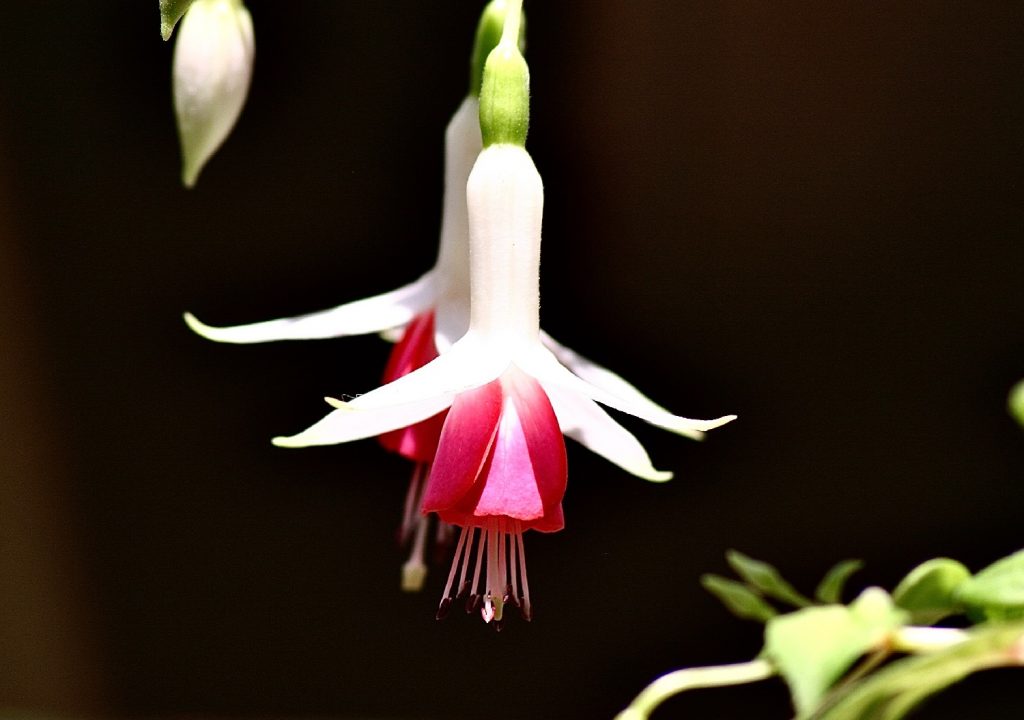
Lemongrass
Providing you plant lemongrass clear away from the span of your elephant ears’ leaves, this specimen will help you take care of spider mites. Lemongrass produces a scent that actively deters these minibeasts.
Lemongrass likes the full sun but will grow in moist, loamy soil along a similar pH range elephant ears prefer. Like elephant ears, lemongrass is also highly toxic to mammals, meaning it’s a good choice to grow as part of a repellant perimeter.
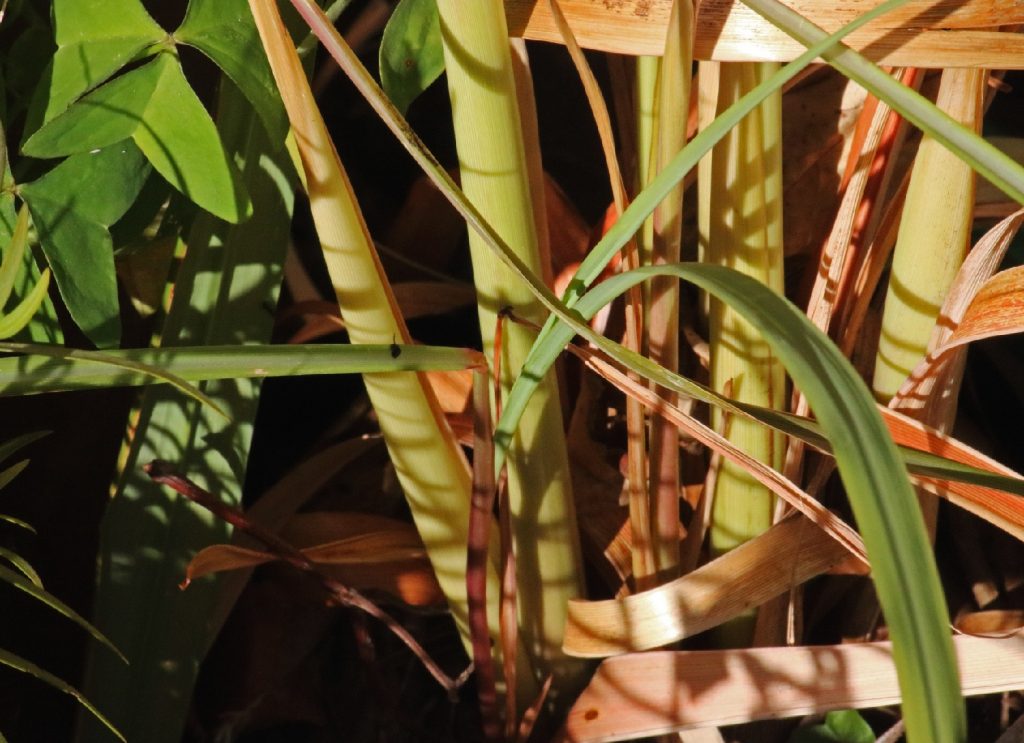
Chives
Chives provide excellent protection for elephant ear plants against invasive spider mites; in return, these perennials will fare well under large leaves for partial shade. They’ll grow well alongside elephant ears in USDA zone nine but may need soil that drains a little cleaner.
Chives will also readily welcome bees to your garden and help pollinate elephant ears. Growing chives will also help you to keep your elephant ear bed nutrient-rich, covering the soil and helping to stimulate growth.
A word of warning – chives can sometimes grow to be a little competitive – meaning it’s worth trialing a few growths first to experiment. Alternatively, try growing chives much as you would with rosemary companions – in separate containers alongside your elephant ears as a protective perimeter.
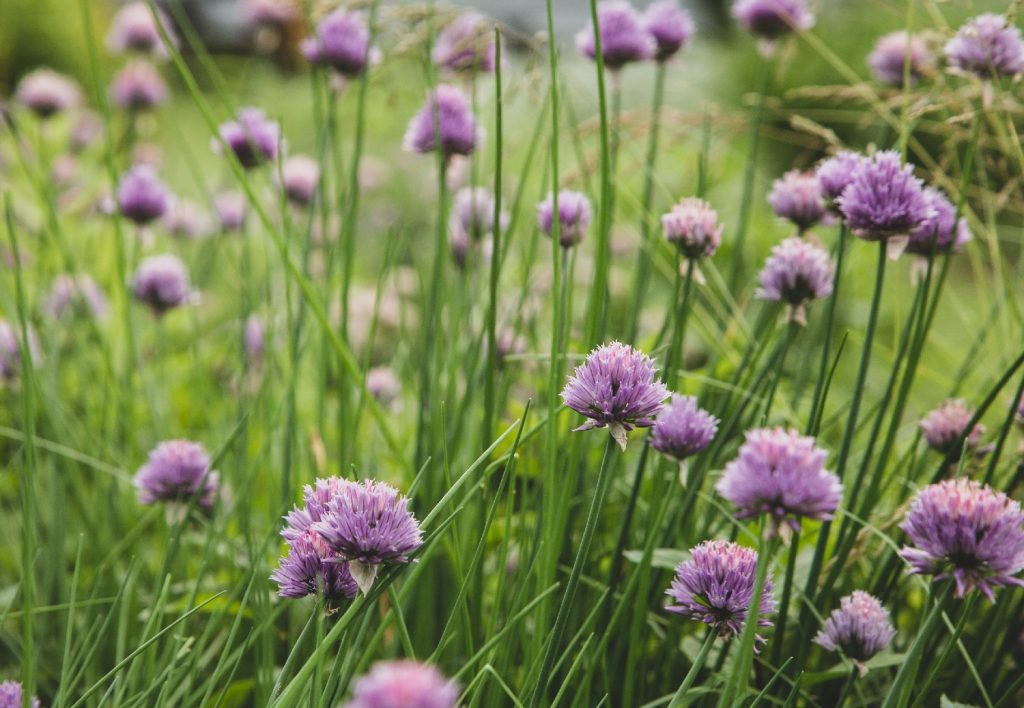
Kohlrabi
Kohlrabi is, much like chives, ideal for fighting back against spider mites and other pests, and it’s a good match for elephant ear plants in terms of soil type and pH. However, Kohlrabi won’t benefit from elephant ear leaf cover, so grow them a little clear of their span.
Kohlrabi isn’t particularly resistant against slugs and snails, meaning it may be wise to grow them alongside rosemary and oregano in separate containers to perimeter your elephant ear plants.
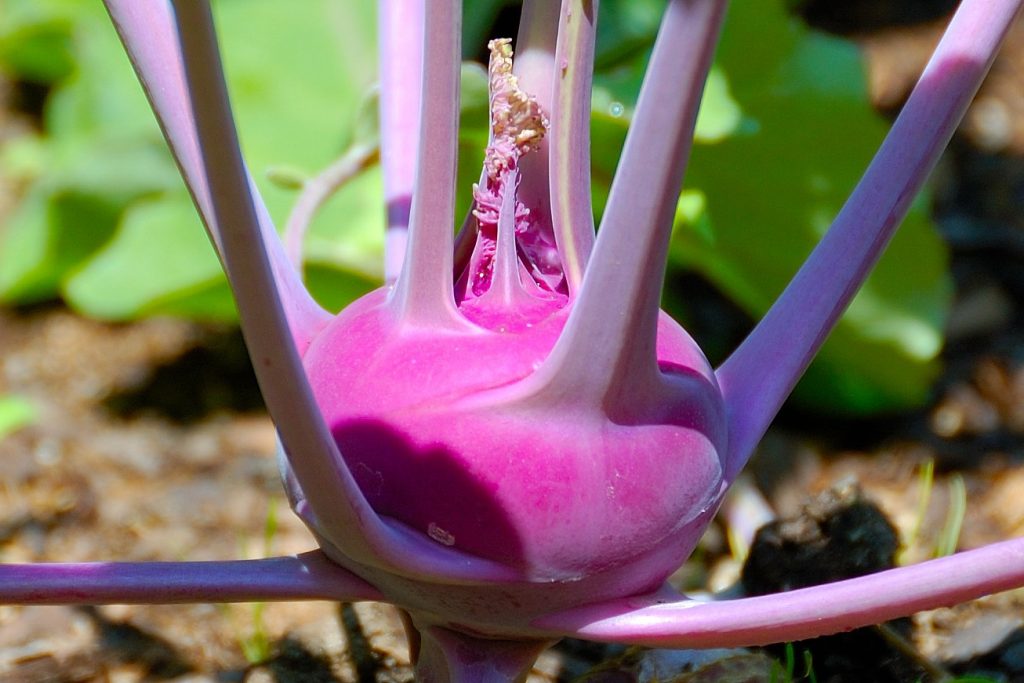
Peas
Some pea plants can work well as companions alongside elephant ears as they will add more nitrogen to the soil. They’re known as ‘nitrogen fixers’ alongside many different species of bean plants. Pea plants will appreciate the extra shade elephant ear leaves can provide, though a little extra sun won’t go amiss.
Peas tend to prefer soil that drains well, but they also enjoy moisture. It’s worth experimenting with your elephant ears first and then potentially moving to containers. Peas can attract pests that linger in the soil, so consider adding a third companion plant such as a fragrant herb or allium (in another container or in the soil if possible)
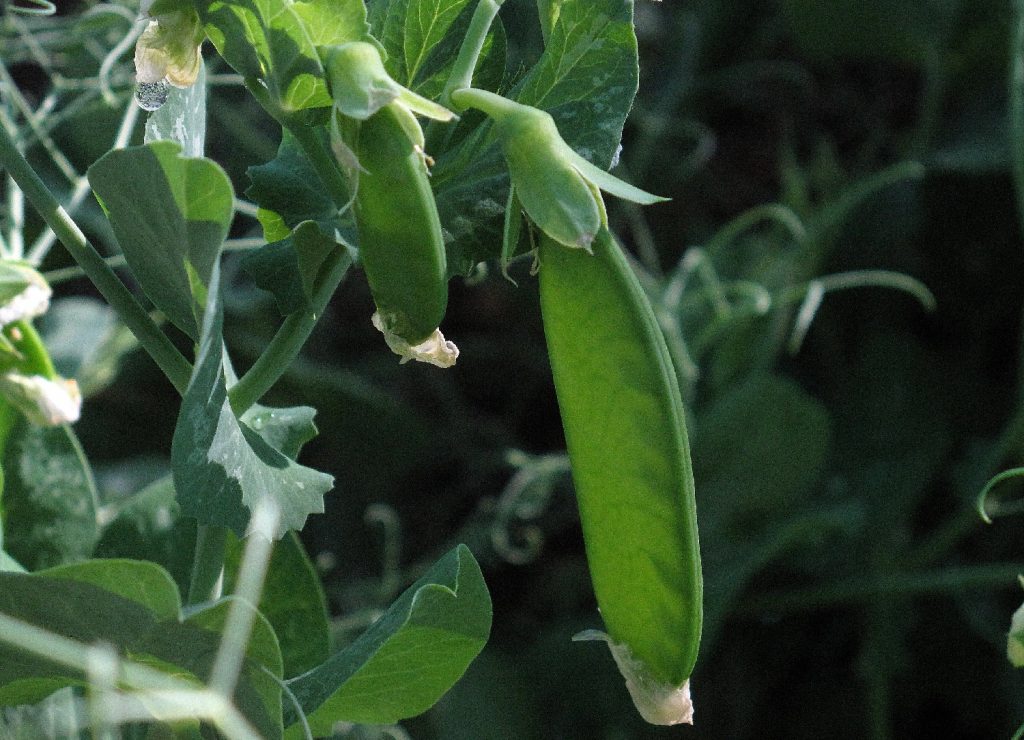
Plants you should avoid growing alongside elephant ears
Elephant ears are highly sensitive to nutrients in their soil, meaning they will never grow well alongside demanding or competitive plants, even if they stand to benefit from their protection or companionship. Here are a few you should always avoid pairing up.
Mint
Mint is great at attracting pollinators and repelling common invasive insects thanks to its strong scent, but it’s notorious for taking over a patch of soil if given the opportunity. Elephant ears’ intense need for nutrients will go unheard if mint is left to propagate wildly over the same plot, effectively killing your plants.
It may be safe to grow mint away from your elephant ears but do so in private containers to avoid choking out other plants in your garden.
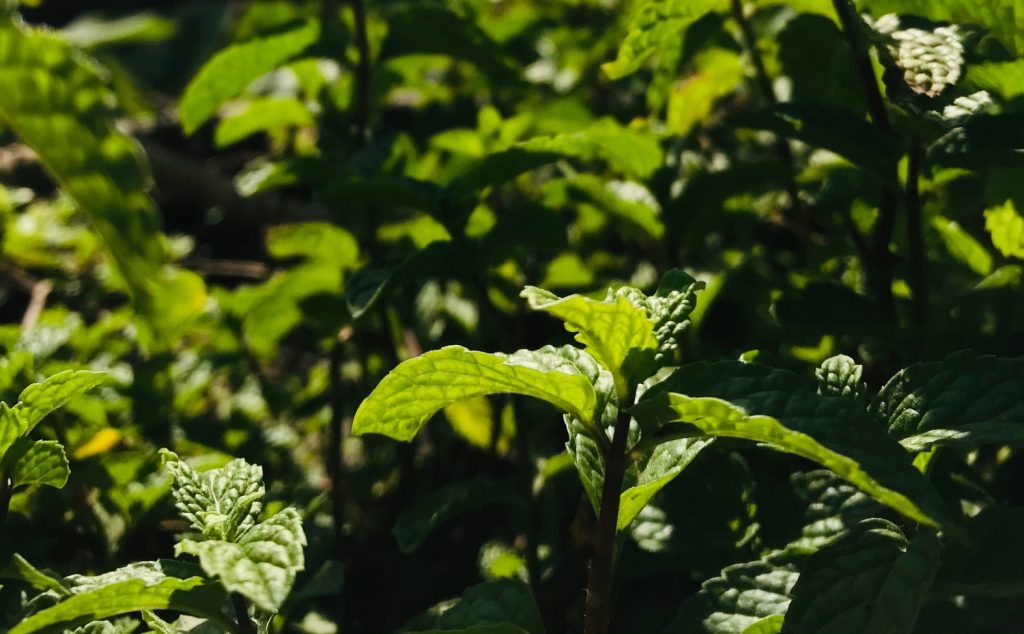
Potatoes
Potatoes don’t tend to provide many benefits growing alongside elephant ear plants, and much like mint, they can compete fiercely for water and nutrients. Potato roots spread thick and fast, meaning you may not even see the damage before it’s too late.
Other nightshades, such as eggplant, may help deter spider mites, but plants in this family tend to bully their way into nutrition. Even if you grow them in containers outside of elephant ears, they still won’t bring many benefits.
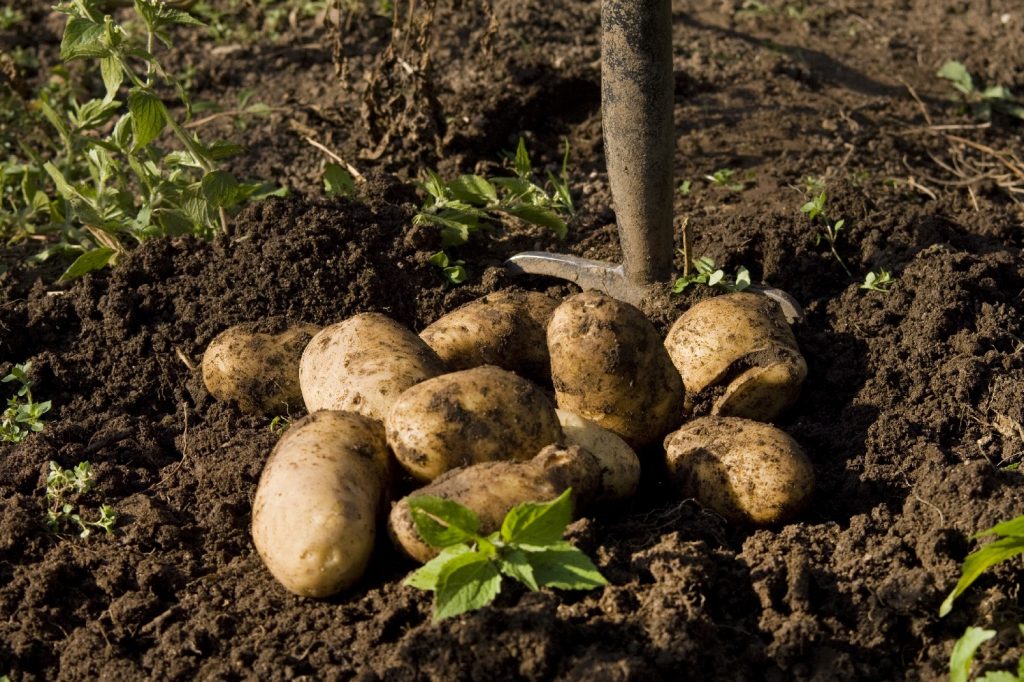
Is it worth growing companion plants with elephant ears?
While elephant ear plants can grow well on their own with moist soil and plenty of sun, they may need a helping hand to boost soil nutrients and keep pests at bay. Given the slightly awkward needs of this plant, finding the perfect soil-mates isn’t always simple.
Try looking for plants and vegetables that share the same soil needs and which stand to benefit from lots of shade. In return, always use rich, homemade compost and nitrogen-boosting plants to ensure your elephant ears get the nutrition they famously demand.

Thank you! I just planted my mammoth ears and they are already 4 ft tall. I had to move two because they didn’t like the spot and now they are doing well, but I’m new to this and wasn’t sure what to plant with them. I learned so much from your article! Thank you!